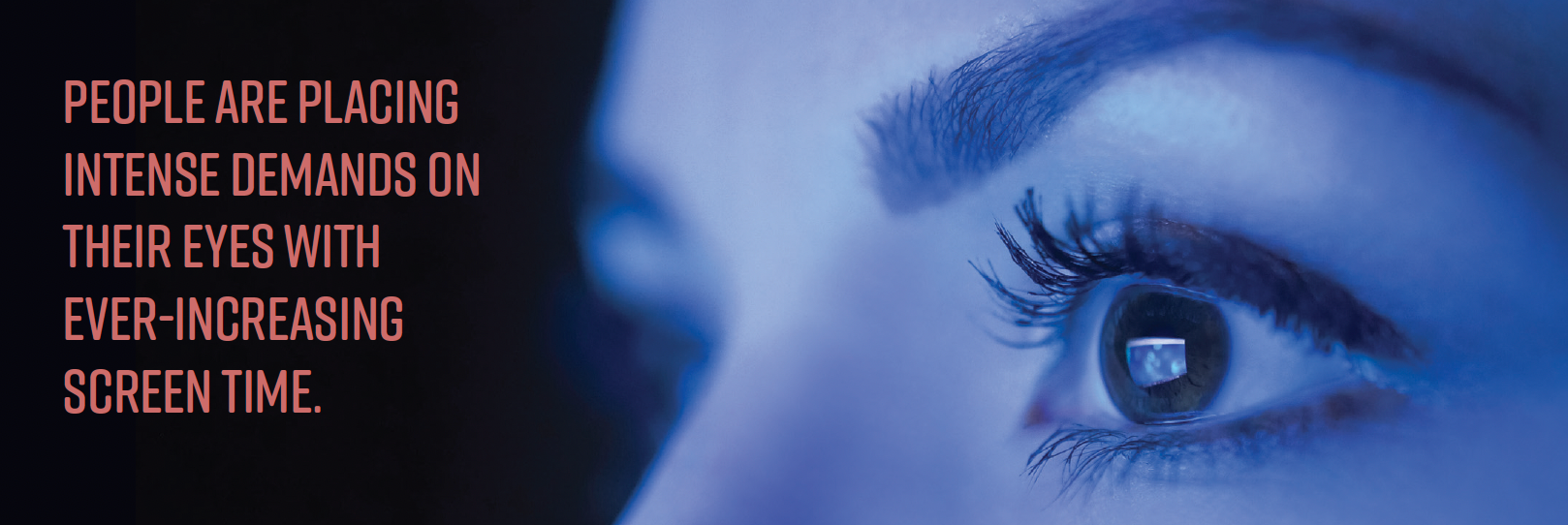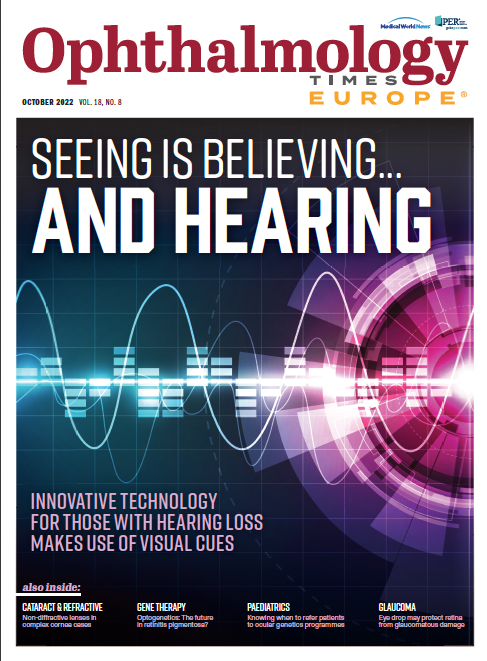Driving practice growth: The connection between dry eye and aesthetics
Patients appreciate the convenience and aesthetic improvements of light-based dry eye treatment, and it can also be applied elsewhere on the face.

When I started a practice in oculofacial plastic surgery, I focused on providing individualised, comprehensive patient care for a variety of needs and goals. Organically, the patients who have come to me for lid margin disease, chalazia, blepharitis and meibomian gland dysfunction (MGD) have also become the patients receiving fillers, laser resurfacing and brow lifts.
One obvious trend has been that dry eye disease is a concurrent problem for virtually all my patients, and we need to address it for optimum comfort and surgical results. Light-based therapy has been a part of my treatment plan for facial inflammation such as rosacea since my training.
With Lumenis Be offering OptiLight, the first United States Food and Drug Administration (FDA)-approved light therapy for dry eye management, the company has become a natural partner to extend my use of light-based therapy to treat dry eye disease.
Let us look at how the therapy fits into the dry eye treatment paradigm and facilitates a very natural extension into aesthetics for any ophthalmologist—all while helping to grow practice revenues via an expanded patient base and list of paid procedures.
An effective in-clinic dry eye procedure
So many people are placing intense demands on their eyes with ever-increasing screen time, particularly when working from home. Even meetings are on screen, leaving few opportunities to rest and resume natural blinking.
I see this every day with patients complaining of fatigue, fluctuating vision, gritty eyes and the inability to wear contact lenses full time. They are seeking ways to resume their former quality of life, feel comfortable every day and take their eyes for granted like they did in the past.
I recommend OptiLight for patients with dry eye related to MGD, rosacea or most other inflammatory conditions. It is an extremely powerful tool I have for fighting dry eye disease.
Patients are scheduled for four 10- to 15-minute sessions, spaced 2–4 weeks apart, to short-circuit their inflammation and improve signs of dry eye. Treatment is comfortable, and patients can return to work immediately.
The results build throughout the series of treatments. Afterwards, patients have less redness and inflammation, reduced signs of MGD, and less need for artificial tears. Those patients with extensive screen time often tell me that their vision is clearer because as their tear lake becomes healthier, they no longer need to use eye drops all day.
Patients also appreciate that this is an in-clinic procedure rather than an at-home therapy they need to perform as part of their ever-expanding daily routine. They are very open to the cost of the procedure because they are eager to see the benefits in their daily lives.
Any practice can add light-based therapy as a dry eye procedure in a way that fits nicely into its existing sphere. For example, some practices package dry eye treatment with premium IOLs or treat dry eye post cataract. And because dry eye is so common, treatment can be offered in a wide variety of cases.
In addition to OptiLight, I can individualise chronic therapies depending on the medical history and causes of the condition. Punctal plugs, artificial tears, immunomodulators (ciclosporin ophthalmic solution [Cequa, Sun Ophthalmics]; ciclosporin ophthalmic emulsion [Restasis, Allergan]; lifitegrast ophthalmic solution [Xiidra, Novartis Pharmaceuticals Corporation]) and changes in behavioural and environmental elements all help.
I explain to patients that with individualised treatment, I can return them to a threshold where they can take their eyes for granted and stop thinking about them all the time.
A natural extension into aesthetics
In a practice like mine where some patients are having cosmetic procedures, the expectation of out-of-pocket costs is built in. But that is true in virtually all ophthalmology practices.
Almost every ophthalmologist has some aspect of the practice that falls outside the insurance paradigm, whether it is multifocal IOLs, LASIK or optical sales. Patients pay for light-based therapy as well, and in my experience they are very receptive to the treatment and pleased with the results.
As a dry eye treatment, light-based therapy has aesthetic “side effects” for the treatment area (tragus to tragus including the nose, with the eyes protected). Just like when we use the technology to treat rosacea, light therapy for dry eye reduces the red vessels on the surface of the skin, decreasing inflammation and sensitivity. It also improves brown discolorations and returns the skin to a healthier state and appearance.
Patients appreciate the aesthetic improvements associated with light-based treatment, so it is an easy step to expand treatment to the rest of the face. Rosacea is very common among patients with dry eye disease, and these patients are very receptive to more comprehensive therapy that will make their face look and feel better.
OptiLight has a handpiece specifically designed for intimate treatment of the geography around the eye, and the optional rosacea handpiece makes it easier to treat larger areas. The interface and device design also make it easy to use, with safe protocols and energy levels.
For physicians who already have the technology, light-based treatment of facial rosacea is a natural, easily implemented extension of the practice’s offerings. It can remain a lone aesthetic option to augment dry eye care, or doctors can continue to grow their aesthetic services with an eye towards the needs of their patient population.
James G. Chelnis, MD
T: 001-212-731-3355
Dr Chelnis is a specialist in ophthalmic plastic surgery at Manhattan Face and Eye and an assistant clinical professor of ophthalmology at New York Eye and Ear Infirmary of Mount Sinai, New York, US.

